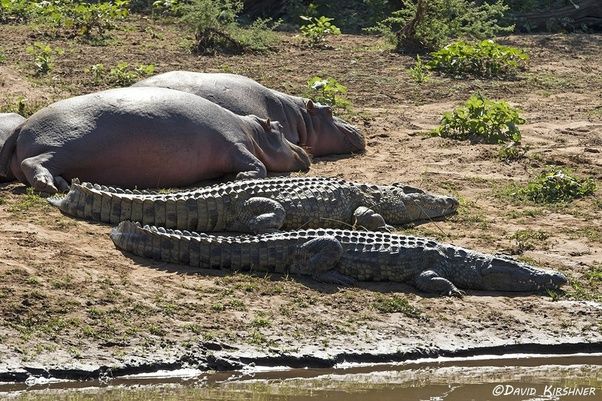
The Nyamwammba river, which runs through the Rwenzori mountains – in central western Uganda, having been flooding in an extreme way in recent years. This is enough of a problem, as there are many settlements among other things, that lie along the rivers course.
However, there is a bigger problem. Along the river course, are copper tailing pools from an old Canadian mining operation. However, these are being flooded and eroded with increasing frequency. Why is this a problem? Because these elements are bad for wildlife and human alike.
Having been washed into the river, they have found that they have infected most of the water supply and soil of the valley, with these deadly heavy metals. The cancer rates in populations living near these pools are far higher than normal, and there is a fear amongst scientists, that as flooding increases due to climate change, the heavy metal pollution will get worse, and therefore also the people affected.
Can the company be charged for the clean-up? Perhaps, at the time of the mines creation Uganda did not have strict enough environmental rules, though one would hope that a credible company would not have to be forced to clean up after themselves.


 Found in the West Indies, northern South America (including the Galápagos Islands) and the Yucatan Peninsula. It was considered cospecifc with the greater flamingo, but they are now recognized as separate species (it is also closely related to the Chilean flamingo).
Found in the West Indies, northern South America (including the Galápagos Islands) and the Yucatan Peninsula. It was considered cospecifc with the greater flamingo, but they are now recognized as separate species (it is also closely related to the Chilean flamingo).  of South America, it is in the same genus as the James Flamingo. Indeed, the Chilean Andea and James flamingo often share nesting sites and are relatively closely related.
of South America, it is in the same genus as the James Flamingo. Indeed, the Chilean Andea and James flamingo often share nesting sites and are relatively closely related. the American and greater flamingo, it is listed as near threatened in the wild with a wild population of about 200,000. Population declines are due to habitat loss and degradation, harvesting and
the American and greater flamingo, it is listed as near threatened in the wild with a wild population of about 200,000. Population declines are due to habitat loss and degradation, harvesting and 










